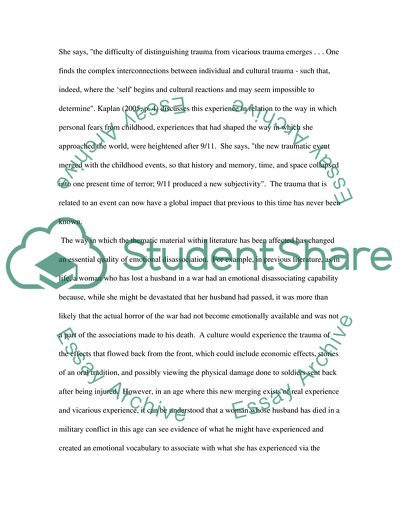Cite this document
(“A Thematic Study Of The Post 9/11 Cultural Essay”, n.d.)
Retrieved from https://studentshare.org/literature/1551691-a-thematic-study-of-the-post-9-11-cultural
Retrieved from https://studentshare.org/literature/1551691-a-thematic-study-of-the-post-9-11-cultural
(A Thematic Study Of The Post 9/11 Cultural Essay)
https://studentshare.org/literature/1551691-a-thematic-study-of-the-post-9-11-cultural.
https://studentshare.org/literature/1551691-a-thematic-study-of-the-post-9-11-cultural.
“A Thematic Study Of The Post 9/11 Cultural Essay”, n.d. https://studentshare.org/literature/1551691-a-thematic-study-of-the-post-9-11-cultural.


